Mitsubishi and Tokyo Institute of Technology Developing EV Smart Charging from Wind Turbines
Green Car Congress
APRIL 30, 2010
and the Tokyo Institute of Technology are developing a smart charging system to exploit wind power produced at night to charge electric vehicles. In order to store electricity generated at night, windmill operators need to install sodium-sulfur battery systems, which are as costly as power generators. Mitsubishi Corp.



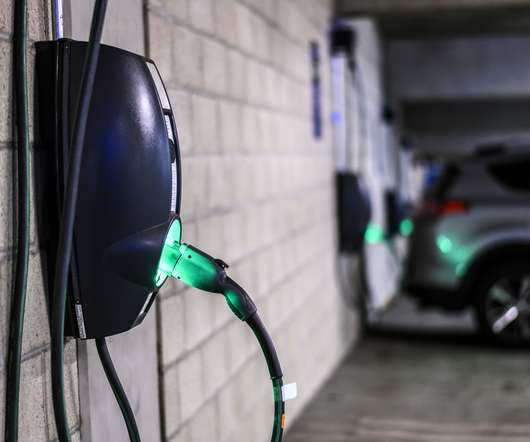
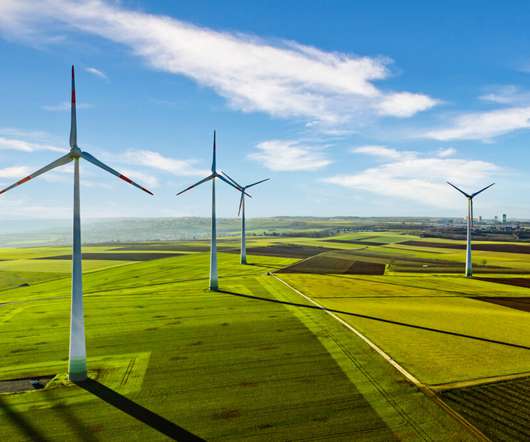
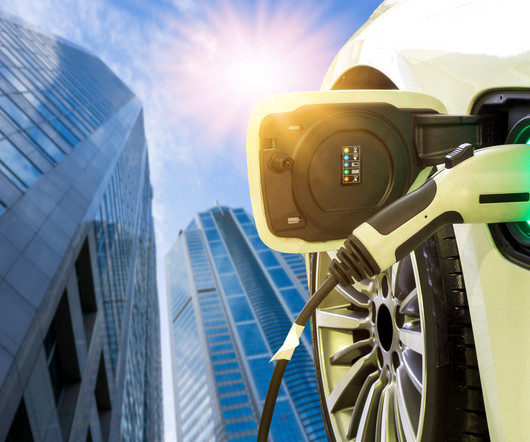
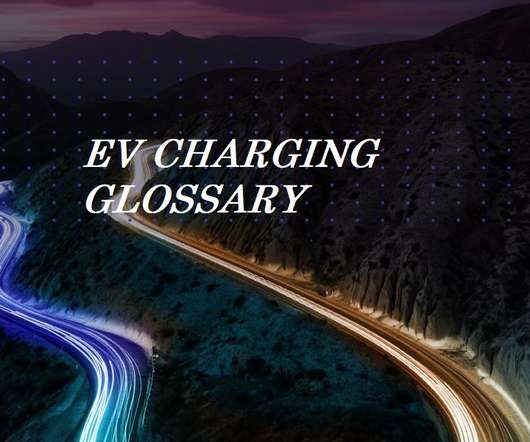
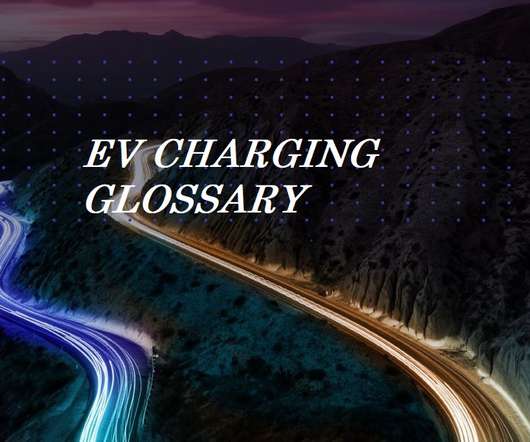
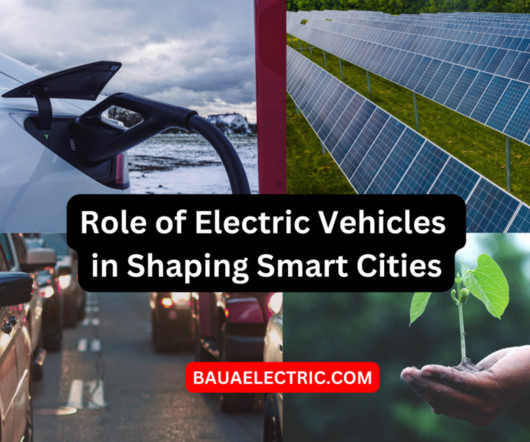
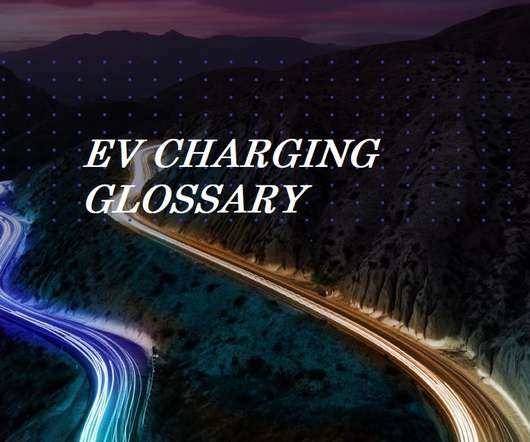
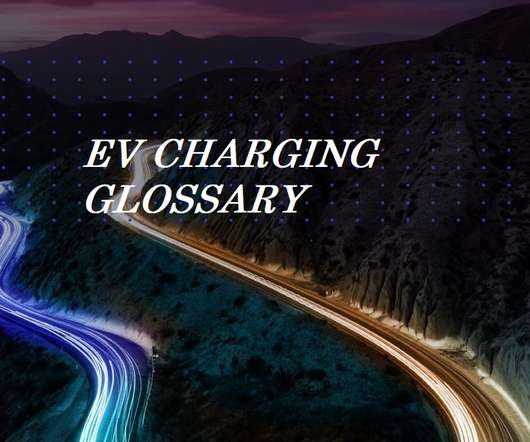






Let's personalize your content